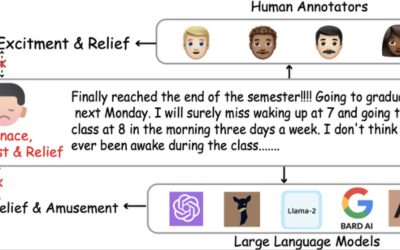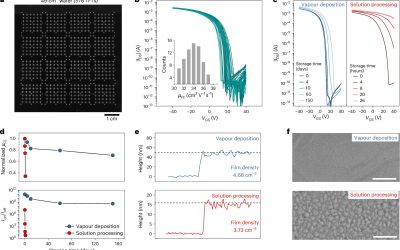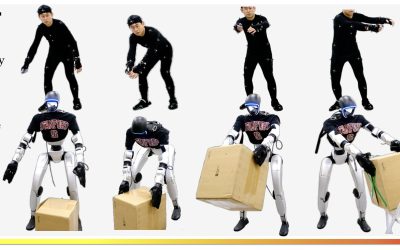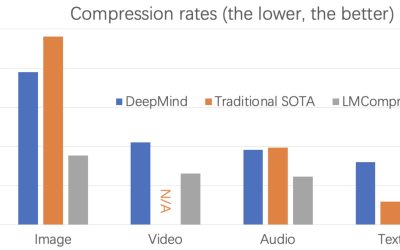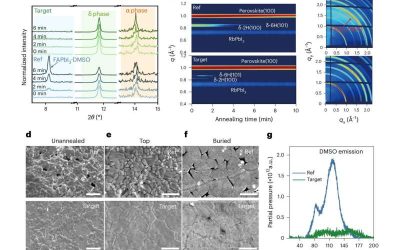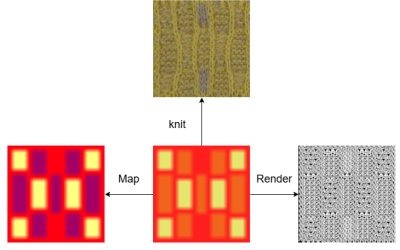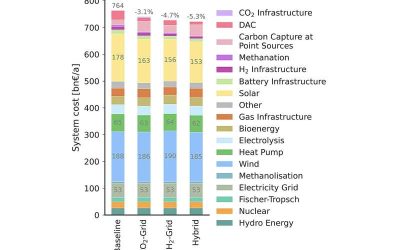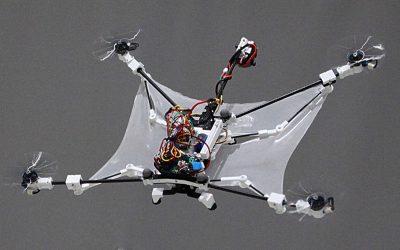Machine learning algorithms and large language models (LLMs), such as the model underpinning the functioning of the platform ChatGPT, have proved to be effective in tackling a wide range of tasks. These models are trained on various types of data (e.g., texts, images,...
TECHXPLORE
A new strategy to fabricate highly performing thin-film tin perovskite transistors
Tin-halide perovskites, a class of tin-based materials with a characteristic crystal structure that resembles that of the compound calcium titanate, could be promising alternatives to commonly used semiconductors. Past studies have explored the possibility of using...
Study maps three decades of white LED progress and key innovation drivers
White light-emitting diodes (LEDs), the semiconductor devices underpinning the functioning of countless lighting technologies on the market today, were first released to the public in 1996. Following their commercial debut, these devices have fueled significant...
Whole-body teleoperation system allows robots to perform coordinated tasks with human-like dexterity
The ability to remotely control robots in real-time, also known as teleoperation, could be useful for a broad range of real-world applications. In recent years, some engineers have been trying to develop teleoperation systems that allow users to guide the actions of...
Algorithm based on LLMs doubles lossless data compression rates
People store large quantities of data in their electronic devices and transfer some of this data to others, whether for professional or personal reasons. Data compression methods are thus of the utmost importance, as they can boost the efficiency of devices and...
On-demand Lewis base formation strategy boosts efficiency and stability of perovskite solar cells
Solar cells based on perovskites, materials with a characteristic crystal structure first unveiled in the mineral calcium titanate (CaTiO3), have emerged as a promising alternative to conventional silicon-based photovoltaics. A key advantage of these materials is that...
System converts fabric images into complete machine-readable knitting instructions
Recent advances in robotics and machine learning have enabled the automation of many real-world tasks, including various manufacturing and industrial processes. Among other applications, robotic and artificial intelligence (AI) systems have been successfully used to...
Electrosynthesis of urea from flue gas achieves high efficiency with no ammonia byproducts
Urea, with the formula CO(NH2)2, is a chemical compound that is widely used in a range of sectors, including manufacturing, agriculture and various industries. Conventionally, this compound is produced via a two-step process that entails the synthesis of ammonia from...
Assessing the potential of hydrogen and carbon dioxide networks for the future of European energy systems
Over the past decades, many countries worldwide have been trying to gradually transform their energy systems, with the aim of reducing carbon emissions and mitigating the adverse effects of climate change. Hydrogen and carbon dioxide (CO2) transport networks,...
Flying squirrel-inspired drone with foldable wings demonstrates high maneuverability
Unmanned aerial vehicles (UAVs), commonly known as drones, have already proved to be valuable tools for a wide range of applications, ranging from film and entertainment production to defense and security, agriculture, logistics, construction and environmental...

